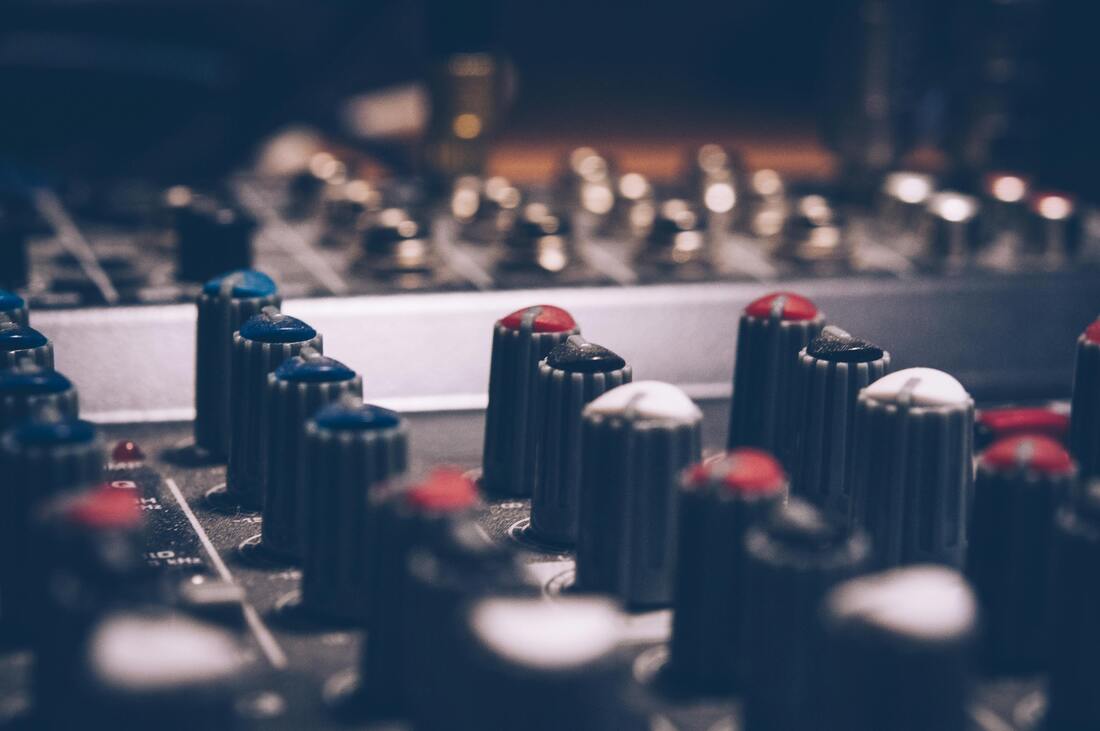The quality of a music recording derives from various factors, and goes way beyond the quality of the microphones used in the recording process. The distance the singer or instrumentalist sits away from their mic, and the angle of its orientation, will affect sound clarity and volume. By experimenting with distances and angles, and using a live producer mode on recording software, performers can maintain a volume which is loud enough to hear, but not loud enough to create crackling or popping noises in the recording.
The recording location will also affect sound quality. An acoustically treated room, using equipment like acoustic panels, will have less ambient noise, lessening the need for noise reduction in postproduction, which may negatively affect the music’s sound. Recording while wearing headphones, as opposed to using speakers, eliminates the feedback they often create.
After production concludes, certain mixing programs, tools, and techniques can enhance the recording. Listening to an entire track at different volumes and with varying quality earphones and earbuds to simulate audience members’ listening gear can help producers balance volume levels at low, medium, and high decibels. Mute and solo track functions enable the isolation of individual tracks, and can be used to clearly show how each track is contributing to the entire mix, and where it fits in overall.
The recording location will also affect sound quality. An acoustically treated room, using equipment like acoustic panels, will have less ambient noise, lessening the need for noise reduction in postproduction, which may negatively affect the music’s sound. Recording while wearing headphones, as opposed to using speakers, eliminates the feedback they often create.
After production concludes, certain mixing programs, tools, and techniques can enhance the recording. Listening to an entire track at different volumes and with varying quality earphones and earbuds to simulate audience members’ listening gear can help producers balance volume levels at low, medium, and high decibels. Mute and solo track functions enable the isolation of individual tracks, and can be used to clearly show how each track is contributing to the entire mix, and where it fits in overall.

 RSS Feed
RSS Feed